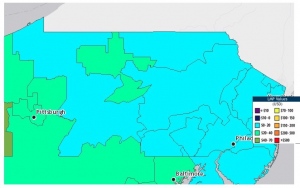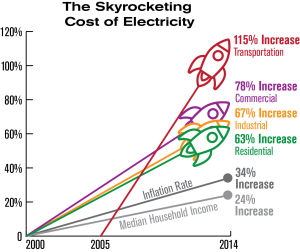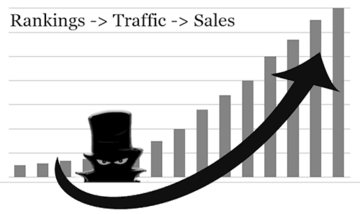The electrical energy region of the United States of America has undergone various important transformations since the deregulation of wholesale electrical demands started up in the 1990s. One fascinating transition is the evolution out from coal-powered factories toward a tremendous combination of natural vapour and renewable origins. This evolution has been prompted by three important characteristics, increasing expenditures of competent coal for practice in energy production

Electricity rates , substantial development of reasonable household natural gas creation associated with a complementary decrease in payments, and immediate improvements in the technology for renewable energy generation. The evolution from coal, which encompassed the ahead retirement of coal factories, has encompassed important price-determining characteristics within the electrical energy locality such as undertaking and supervision expenditures, capital undertaking, and power expenses. Through these consequences, the deterioration of coal, the fundamental energy basis in American electricity generation, has influenced both wholesale and commercial electricity taxes.
Recognizing particular price consequences from the evolution out from coal is disputing, however, the builder rate directories for electric energy would be utilized to correlate common tendencies in rate improvement across generator categories and countries and would be utilized to understand important understandings into the initial consequences of energy switching in the electrical energy region between. coal and natural gas and also renewable sources. This kind of strategy evaluates the ordinary improvement in taxes for industries ascertained on the North American business division network. This document employs industry catalogues for the North American business division network, electricity stability presentation, and NAICS, electrical power distribution.
For the following differences in fees for energy production, the PPI distinguished between rates obtained by energy diffusion utilities that also produce electric energy and non-utility electricity power generators.
Utility and also non-utility generators fluctuate in the hierarchy, integration with electrical transmission and then distribution systems, and fuel combination. For distribution to all end-users, the PPI disseminates inventories by end-user and census area.
This Beyond the Numbers article glances at both era and percentage rates for electrically, between 2004 and 2019. For example, price directions for electricity production, this manuscript correlates utilities and non-utilities production price activities. In the analysis of tax tendencies for electricity percentage, this manuscript correlates payment activities for numerous accumulations of provincial residential electrical energy measurement. The manuscript also communicates how rates have differed during the decrease of coal, the increase of that natural gas, and the ahead development of renewable energy as a percentage of electricity generation.
How are electricity prices established?
As with several localities, it is helpful to contemplate rate differences in both those wholesale and commercial demands. Wholesale rates are obtained by generating electrical strength. For example, those power plants, which can be owned by enormous utilities that furthermore disseminate energy or maybe autonomous strength makers at stand-alone energy factories. Retail taxes are obtained by the utility, cooperatives, and then communities that acquire the wholesale capability for a percentage of residential, marketable, and then industrial end-users.
Rate establishing fluctuates considerably across demands, though wholesale rate activities commonly would pass through to wholesale rates. The preponderance of wholesale agreements in the United States of America puts up with a position in deregulated demands. Taxes are established by systematic and effective auctions constructed to equalize allowance and pressure content to the real limitations of communication capability.



